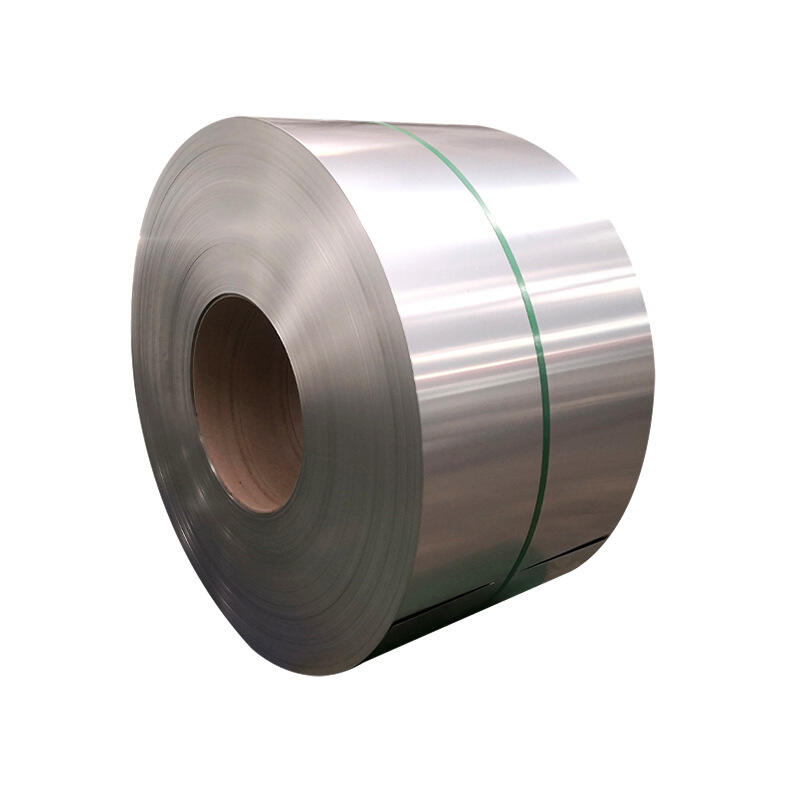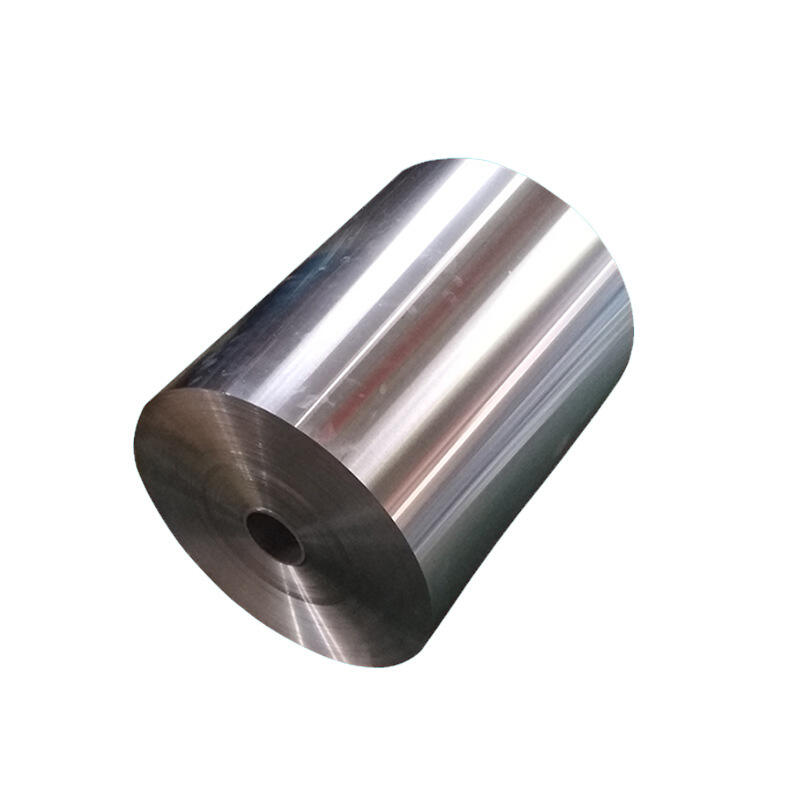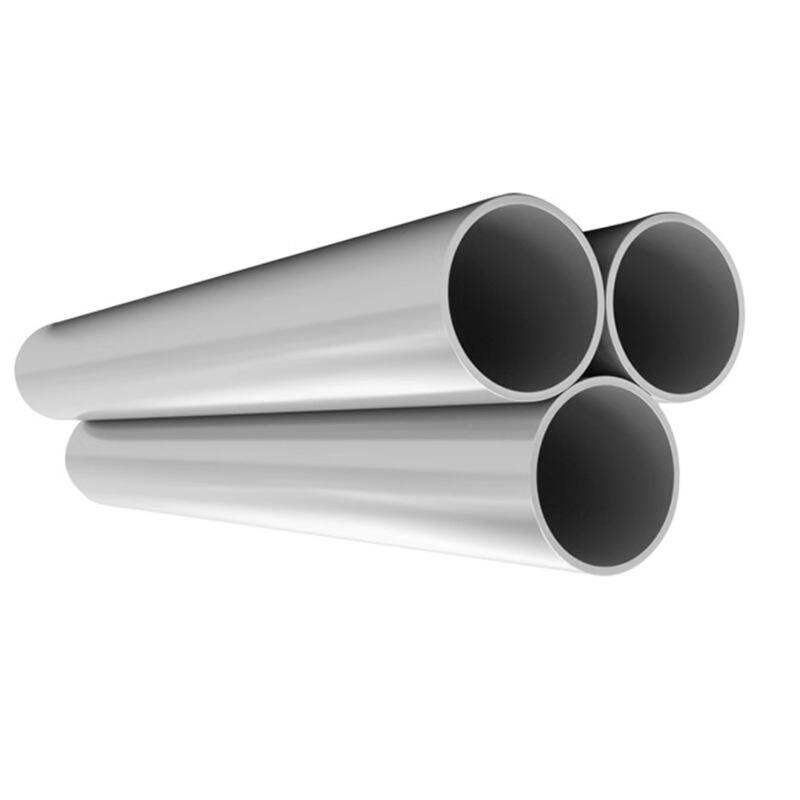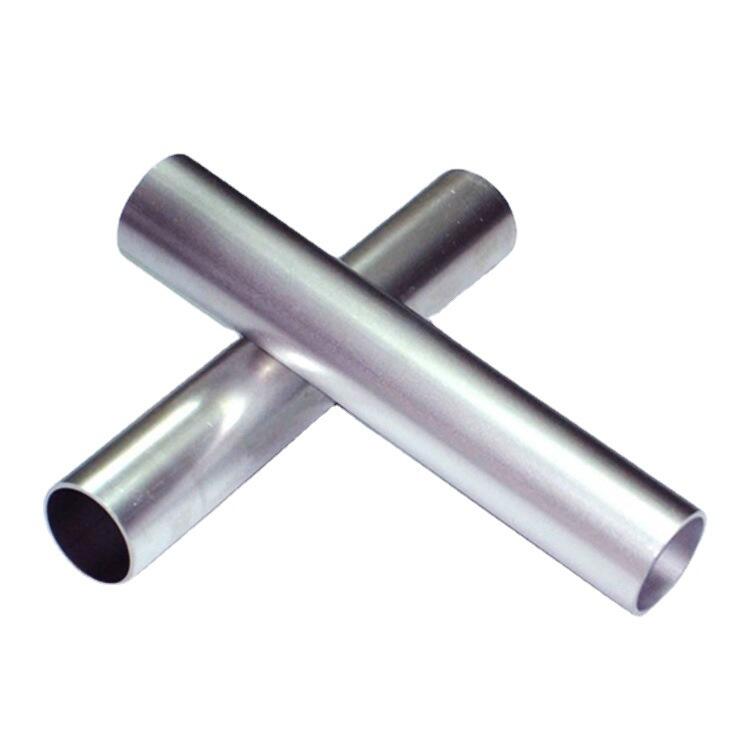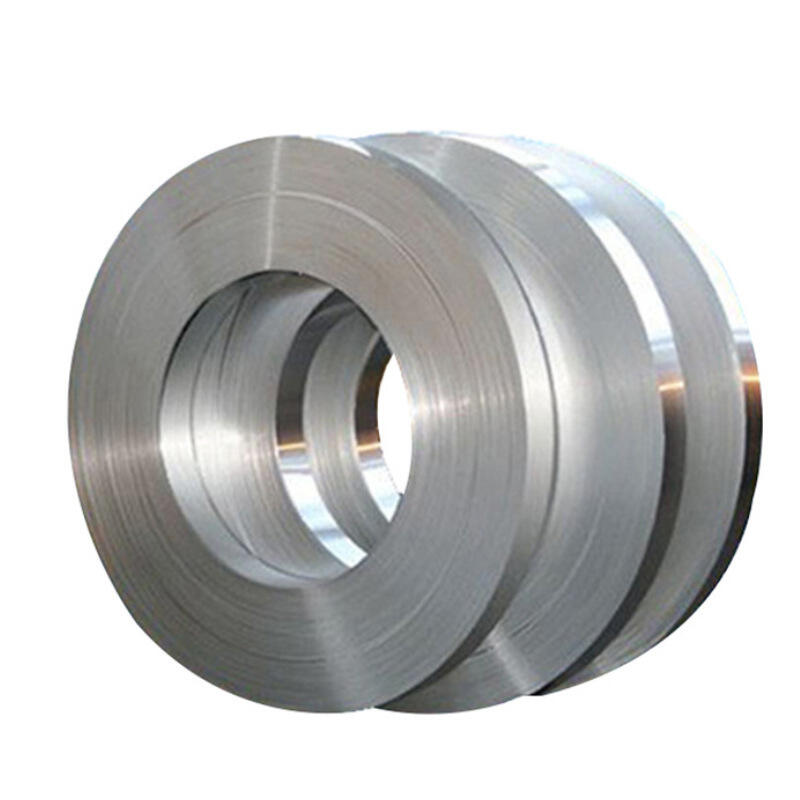Product general information
Product Name: |
316 Stainless Steel Coil |
Width: |
0.3mm-20mm or as the customer’s request |
Width: |
60mm-2500mm or as the customer’s request |
Length: |
2000-12000mm, or custom made |
Surface: |
No.1 No.3 No.4 HL 2B BA 4K 8K 1D 2D |
Technique: |
Cold Rolled, Hot Rolled |
Package: |
Export wooden pallets/cases |
Origin: |
Shanghai, China |
Commercial terms of products
Minimum Order Quantity: |
1 Ton |
Delivery Time: |
7-30 days |
Payment Terms: |
50% TT deposit, balance before shipment |
Supply Ability: |
Sea Transport, Land Transport, etc |
Other names:316 Stainless SteelRoll
Description:
Stainless steel coils refer to finished coils rolled from stainless steel plates. They are divided into stainless steel cold-rolled coils and stainless steel hot-rolled coils. Stainless steel coil has high corrosion resistance, high strength, high toughness, good wear resistance, mechanical properties and welding properties. Widely used in construction, machinery manufacturing, electronic equipment and medical equipment and other fields.
Chemical composition
C:≤0.08%
Cr:16.0% - 18.0%
Cu:1.0% - 2.0%
Ni:10.0% - 14.0%
Mo:2.0% - 3.0%
N:≤0.10%
Mn:≤2.00%
Si:≤1.0%
P:≤0.045%
S:≤0.035%
Fe:Remainder
Werkstoff-zustand |
T.S(MPa) |
Y.S(MPa) |
EL(%) |
HBW Typischer Wert |
Solution Annealed |
550-700MPa |
210-300MPa |
45%-60% |
150-190HBW |
1/2 Hard |
750-850MPa |
≥600MPa |
≥15%% |
220-250HBW |
Welded |
500-600MPa |
200-250MPa |
30%-40% |
160-200HBW |
Competitive Advantage:
Excellent corrosion resistance: on the basis of 304 stainless steel, molybdenum element greatly improves the resistance to chlorides, which can effectively resist pitting corrosion, crevice corrosion and stress corrosion cracking, and its performance in seawater, brine, and chemical chlorine-containing mediums is far superior to that of 304 stainless steel, and at the same time, the corrosion resistance to sulfuric acid, phosphoric acid and other non oxidizing acids is more prominent, which is suitable for complex corrosive environments.
Excellent mechanical properties and processability: tensile strength of about 520MPa, excellent ductility, can be stamping, bending, welding and other processing, can be made into plates, tubes, wires and other different forms, to meet the molding needs of complex structural components, and welded seams after welding performance is stable, without complex treatment to maintain the integrity.
Outstanding heat resistance and low-temperature toughness:in the high-temperature environment below 800℃, the oxidation resistance and mechanical properties are stable, suitable for boilers, ovens and other high-temperature equipment components; at the same time, the toughness does not diminish in low-temperature environments, and it is not easy to be brittle and broken even at sub-zero temperatures, so it can adapt to the extreme temperature scenarios.
Applications:
With excellent corrosion resistance and wide environmental adaptability, 316 stainless steel plays an important role in many fields with strict requirements for corrosion protection. In the chemical industry, it is commonly used to make reaction kettles, conveying pipelines and valves in contact with chlorine-containing medium, sulfuric acid and other corrosive liquids, and its resistance to pitting corrosion and crevice corrosion can guarantee the long-term stable operation of the equipment; in the field of marine engineering, the alloy is mostly used in marine propellers and seawater cooling system components, which can resist long-term erosion of seawater and reduce maintenance costs. In high-end kitchen and bathroom appliances, outdoor precision instrument housings and other scenarios, 316 stainless steel can also become a reliable choice for complex environments by virtue of its performance advantages.
